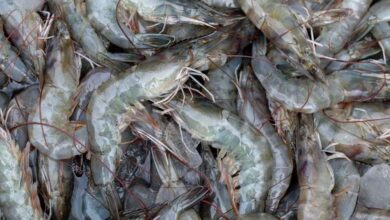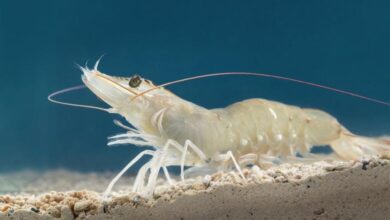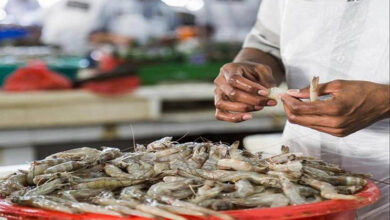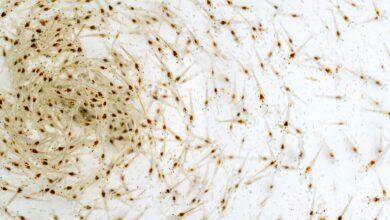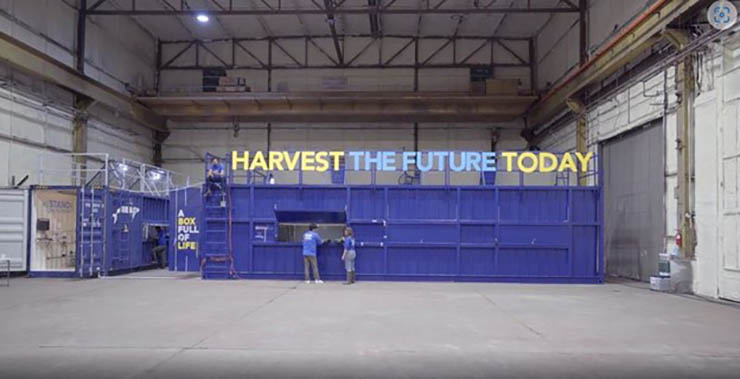
Do you know what a Shrimpbox is? It’s a smart, automated farm which farming shrimp in boxes that setup close to the consumers and not connected to the oceans.
Atarraya, the first intelligent shrimp farm in the United States who are farming shrimp in boxes. Atarraya calls the world’s first sustainable plug-and-play shrimp farm. Each unit can produce 1.6 tons of shrimp.
The business is the first to harvest shrimp in Indianapolis in November 2022.
Atarraya CEO and creator Daniel Russek said, “It’s great that we were able to celebrate our first harvest in Indianapolis after only four months of operation. This is proof that our Shrimpboxes work.”
It shows that this plug-and-play shrimp farming technology can produce fresh shrimp in landlocked areas.
Before shrimp farms can get their first catch, they have to plan years in advance. Our AI-powered Shrimpboxes reduce that time to a few months.
The shrimp industry is making our oceans worse, even though everyone loves shrimp. Traditional shrimp production causes overfishing, destruction of habitat and ocean pollution.
Shrimp consumption contributes to 3 of the ocean’s biggest threats
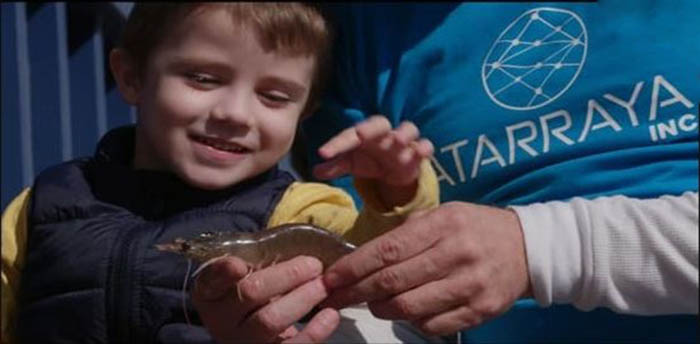
The 3 threats to the ocean are:
1. Over fishing: Shrimp lives in the sea. To catch them, we use large nets that go to the surface and take with them everything around the shrimp, like turtles, eels and seahorses. It’s like for every pound of shrimp, 6–9 pounds of other animals are killed.
2. Habitat Destruction: By catching non-targeted species destroys 6 million km2 (square kilometers) of seabed every year (⅔ the landmass of the US).
Farmed shrimp are responsible for 40% of mangrove forest loss worldwide (crucial for marine habitats and human oxygen production). These forests sequester up to 4x more carbon than rainforests.
3. Coastal Pollution: Traditional shrimp farms use huge amounts of water with chemicals and antibiotics that ends up into the ocean, contributing to the pollution and destruction of their surroundings. Instead of using chemicals and antibiotics, modern farms use clean water and sustainable practices to protect the environment and the health of humans and animals.
How it works
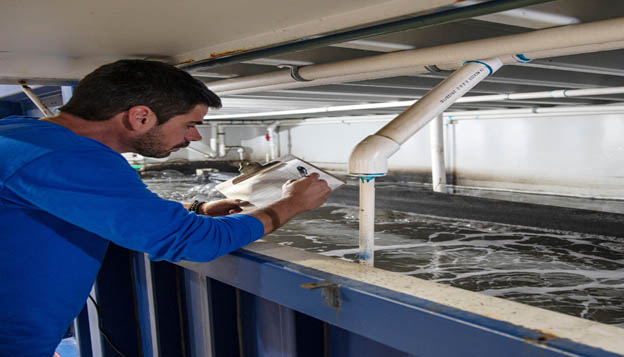
1. Sensors measure the concentrations of oxygen, temperature, PH, NO2, NO3, NH4N, turbidity, and alkalinity of the water. These sensors help us understand the health of our water and how to maintain it best.
2. By cloud computing, it connects to software over the internet to feed it with data and receive instructions that are then automatically executed.
3. The only tasks required of farm workers are feeding the shrimp and keeping an eye on the electrical and mechanical systems.
4. Atarraya gives farm administrators the ability to create tasks to be done daily or in special circumstances.
Atarraya got overwhelming support from the government of Indiana through AgriNovus and the Indiana Economic Development Corporation in setting up their U.S. headquarters in Indianapolis.
Atarraya’s mission is to make shrimp the future of protein, and their vision is to found a new industry in the U.S.
According to AgFinder, Indiana is rapidly becoming a major U.S. agtech hub. Many Indiana farmers are already interested in diversifying their operations with Shrimpbox.
Tariq Iqbal
Khulna, Bangladesh

